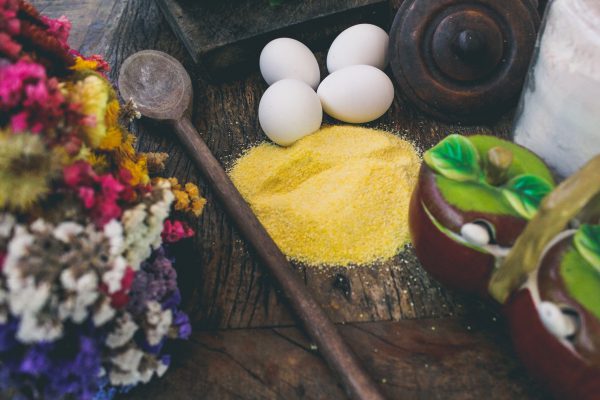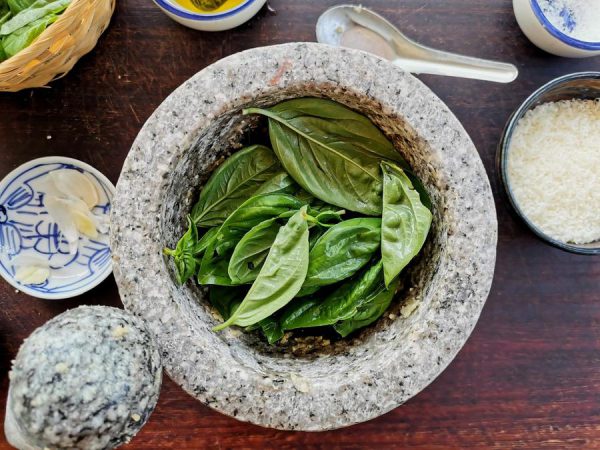Last Updated on July 25, 2022
Spices are aromatic elements of plant origin that have a strong or pungent taste. Ripe fruits, plant seeds (e.g. chili, dill, fennel), and the bulb of the root of a plant (e.g. garlic and ginger) are all spices. Not only are they tasty, but they also have preservative and medicinal properties. These qualities have given spices a special place in every culture’s cuisine.
Today, you don’t have to travel for months to put your hands on some cinnamon or cumin. Global trade has brought them to our beloved stores for our pleasure, so all we have to do is use them the best way we can.
You can prepare spices in a variety of ways for the best-tasting dishes. Some spices, like saffron or vanilla, are infused in liquid to extract their powerful flavors, and others, like cinnamon or nutmeg, can be freshly grated. Most, however, must be ground.
Why Grind Spices?
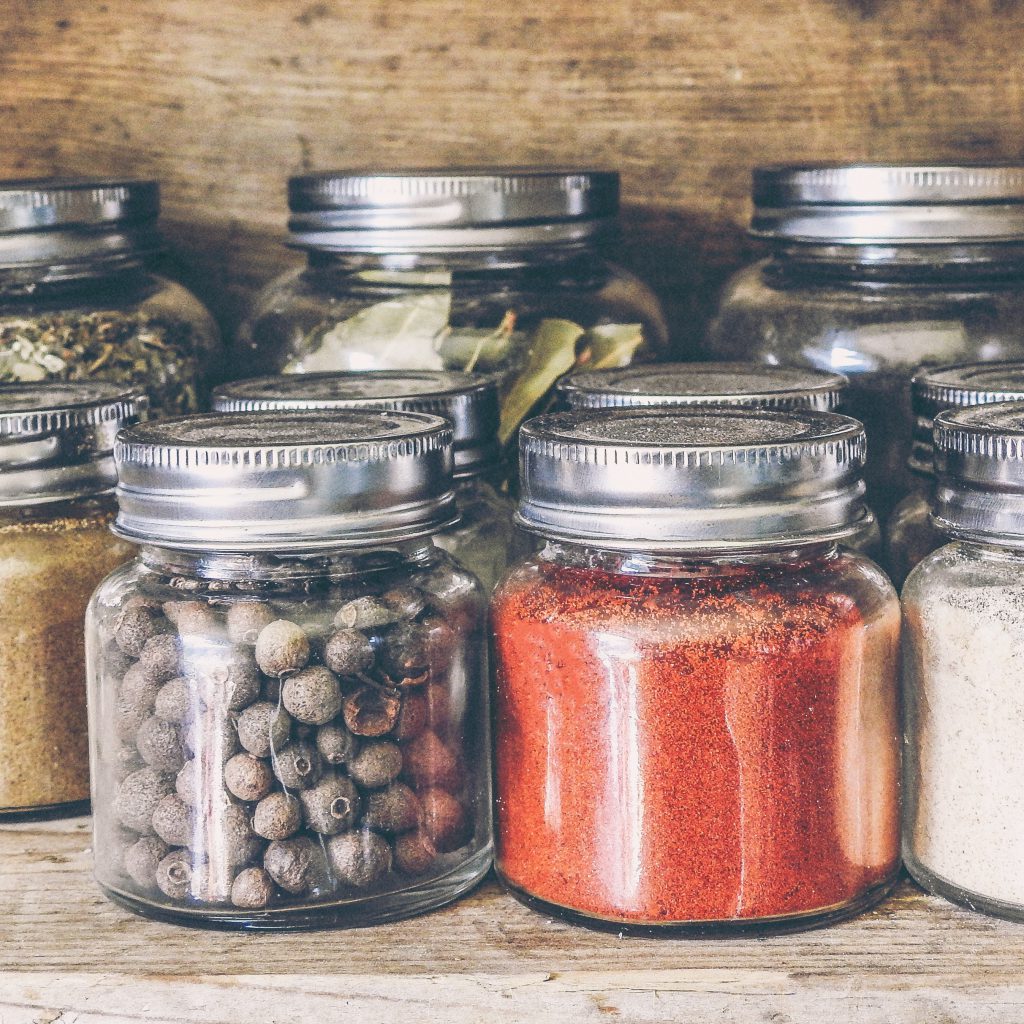
Spices contain two types of oils: non-volatile oils that provide the aroma and volatile oils that provide the flavor of the spice. Combined, they give taste to our food. Speaking of flavor and taste, let’s see the difference between the two.
We mainly taste things, such as salty, sour, bitter, and umami, thanks to our taste receptors on the tongue, mouth, the inner linings of our cheeks, and the soft palate. But smell also has an important role in how we experience taste. We sense the aroma only through our noses and smell-related receptors. Flavor, then, is a holistic term that includes both taste and smell.
To go back to volatile and non-volatile oils, they naturally break down over time, making the spices less potent. They are also released when whole spices, like black pepper, are ground. This is why the smell and taste of freshly ground spices are so much stronger than those of pre-ground spices.
So, try to use freshly ground spices whenever possible to get more flavor. Whole spices also last a lot longer in the pantry than pre-ground ones. You might already have a black pepper grinder, or you can get it for a couple of bucks. But for grinding other spices like cumin, cinnamon, or cloves, you’ll need to use some of the tools we review below.
Five Tools for Grinding Spices
Spice Grinding Machine
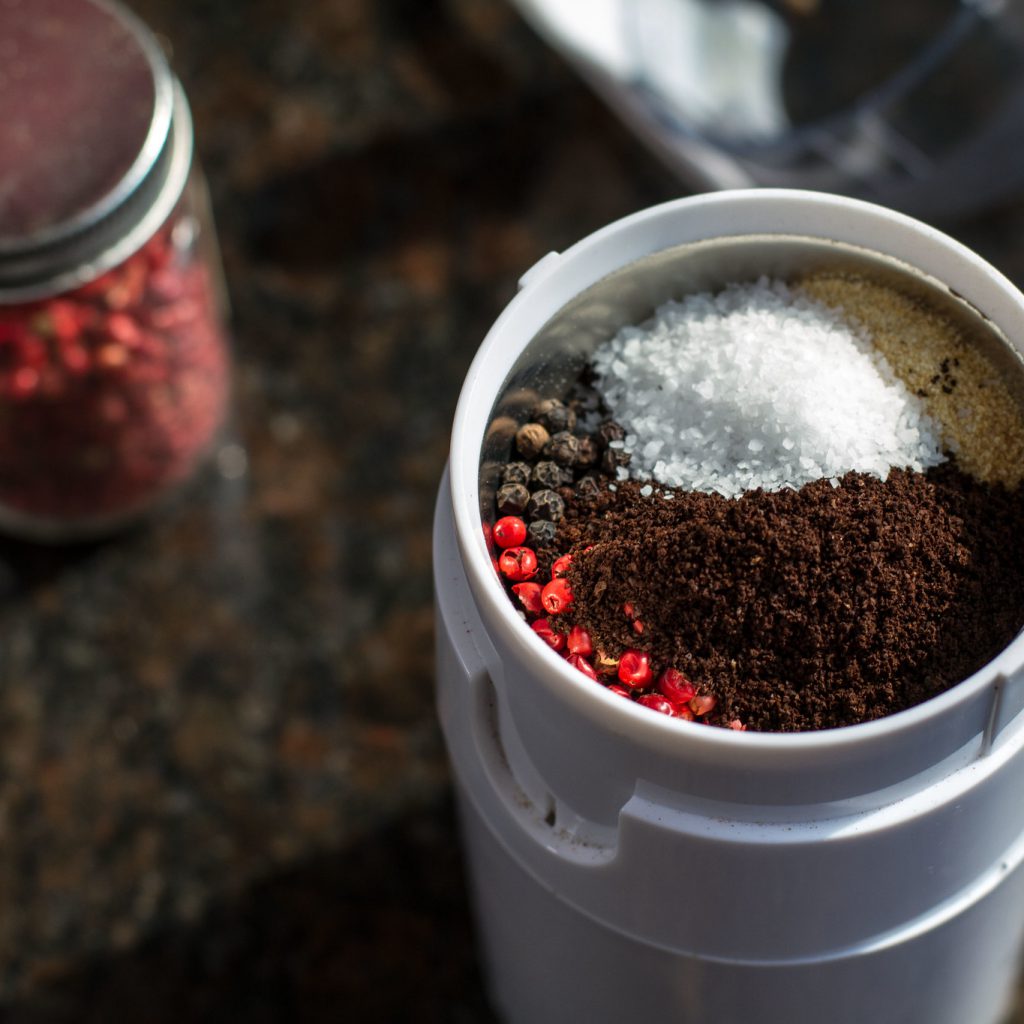
by Mike
You can grind your spices in a commercial spice grinding machine. Quality models are available for less than $100 and are capable of grinding small or large batches as needed. These machines have more powerful motors than small coffee grinders, and some models have removable grinding containers with lids.
However, the best models have metal and glass pieces in the grinding bowl, as cloves and other spices contain volatile oils that can discolor plastic.
If you’re looking for a more budget-friendly option, you can also grind small amounts of spices in an inexpensive coffee grinder you can find at most department stores. They don’t always grind as nicely as commercial spice grinders but they will do the job. These are best suited for small amounts of spices, usually only a tablespoon or two at a time.
However, we wouldn’t recommend grinding coffee in the grinder you use for your whole spices. Even if you clean it thoroughly, the potent oils from the spices can ruin your precious coffee.
Tips
- Keep a clean brush or cosmetic brush to brush the bowl and blade after grinding.
- Clean after each use by grinding a quarter slice of stale or dried bread. Brush out the crumbs when you’re done.
- Electric spice grinders have the potential to cause significant harm. Always use as directed, and never attempt to bypass any built-in safety devices.
Mortar and Pestle
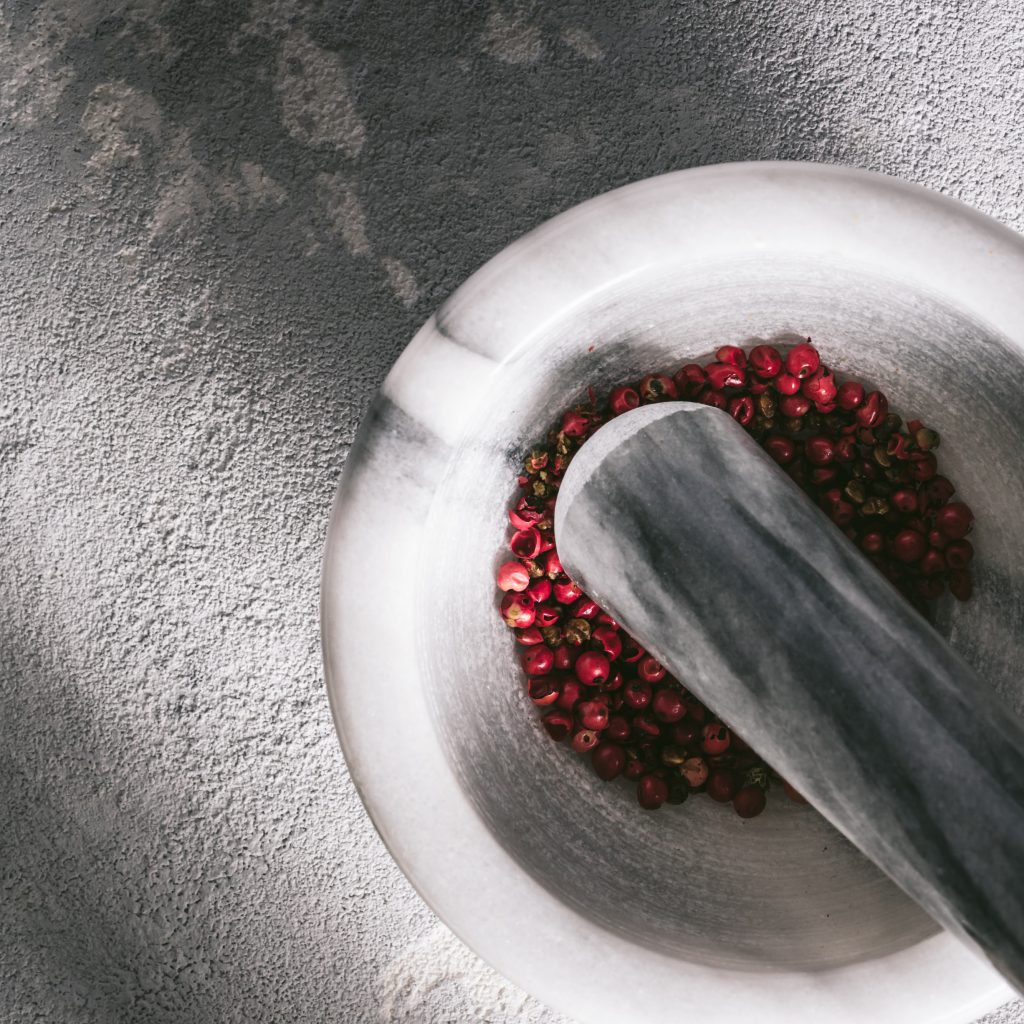
A mortar and pestle is one of the most underrated kitchen equipment. But if you just give this tool a chance, you’ll quickly realize that the pastes and sauces you make with a set of mortar and pestle burst with flavor, compared to those you make using a blender. That’s because a mortar and pestle bursts open the cells to extract natural oils.
You can also use this tool to grind spices. This is actually the oldest method for grinding spices and is still in use in certain places, even though its presence has become rarer with the rise of mechanical and electrical household utensils.
To grind spices in a set of mortar and pestle, pour your spices into the bowl and bash, stir, and grind them up. Depending on how much force you apply, you can grind the ingredients from a chunky texture to fine spice dust. That makes the tool suitable for almost all spices.
You can find mortar and pestles in a variety of materials, such as stainless steel, marble, granite, wood, or porcelain. A wooden mortar and pestle will suffice for softer spices such as chili. But for grinding cumin or mustard seeds, you’ll need a more robust material like granite.
The hard seeds can’t really crack or break the hard stone by just bashing on it, and the naturally porous surface helps you grind more effectively. Just make sure you season your mortar and pestle when you first get it and clean it properly after you use it.
KROK is a brand that brings traditional Thai granite mortar and pestle to your doorstep. The size, material, and shape of the tool are perfect for grinding spices and mixing up pastes and sauces.
Tips
- Cinnamon and cloves are very difficult to grind in a mortar and pestle. For those, a mechanical or electrical grinder is a better choice.
Spice Grater

by theilr
The spice grater is suitable for the bulkiest and harshest spices, such as nutmeg, tonka bean, or cinnamon sticks. These spices are usually very potent, especially when you grate them fresh, so you don’t really need to grate a large amount unless you’re cooking for a huge party.
In these cases, you might consider using an electric grinding machine. Otherwise, a quality grater with a particularly sharp blade will be enough to obtain a nice fine grind.
Handheld Rotary Grinder
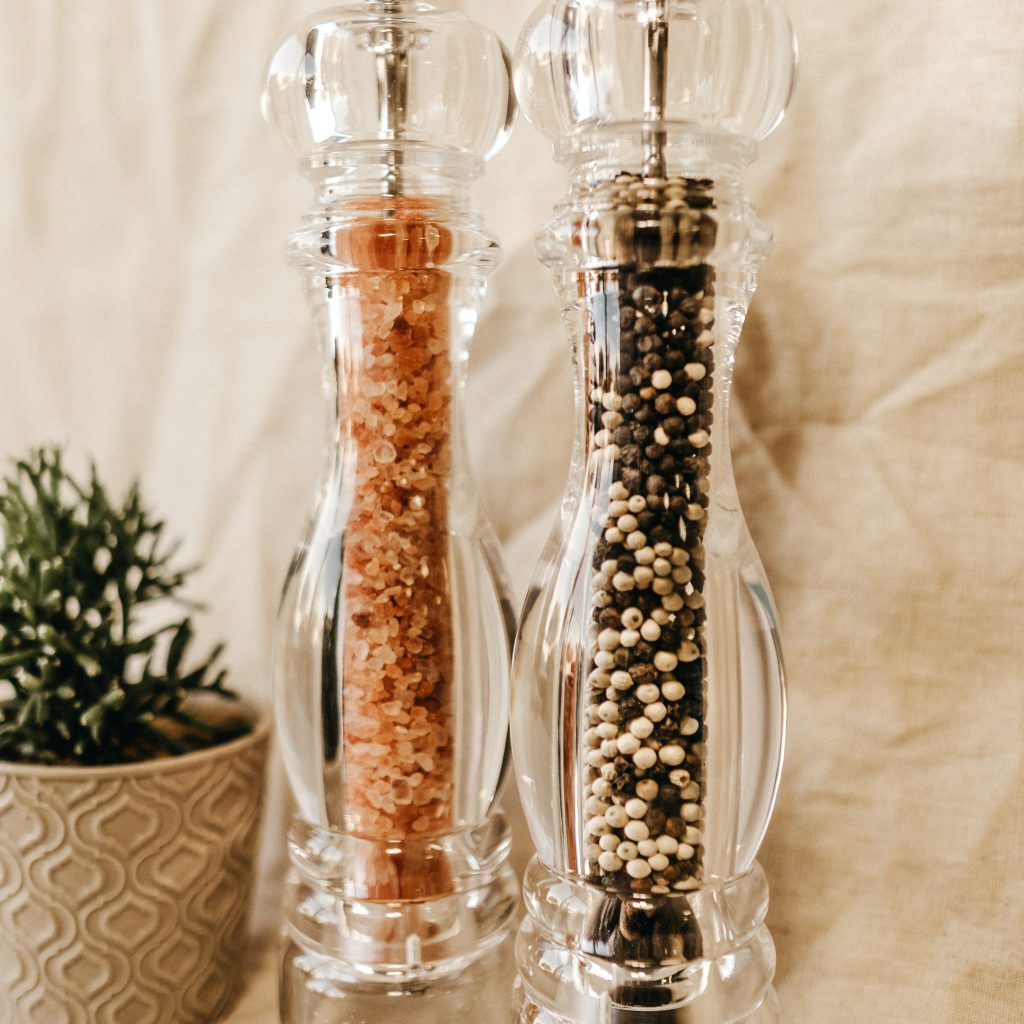
You can grind both large and small pieces from spices like allspice and cardamom in a handheld rotary grinder. These grinders are typically used to grind coarse salt or pepper but are also suitable for other spices.
Make sure the grinder’s shape and size allow spices to drop from the storage area to the jaws of the grinder. Alternatively, you can get a good quality adjustable grinder to grind spices with varying sizes and produce a finer grind.
Each spice has its own particularities in terms of density. Even if some grinders have adjustable blades, it is difficult to have a mill that would work perfectly for every spice. Mill makers, however, have developed special mechanisms for the most common spices.
The Pepper Mill
Pepper is the most widespread spice so it’s no surprise that there are so many pepper mill models out there. The mechanism is adapted to black pepper, which is a sun-dried green pepper with a very hard consistency.
The mechanism for pepper mills is generally made of steel, but the body can be made from wood, acrylic, stainless steel, and even crystal.
The Salt Mill
The salt mill is closely derived from the pepper mill. They form the ideal couple for grinding spices in every kitchen — even though salt is not a spice but a seasoning and doesn’t garner the same benefits from grinding.
Wet Salt Vs Dry Salt
You might be surprised to hear that there’s such a distinction. But it’s important in terms of salt mills. We’re all familiar with the Pink Himalayan, or regular table salt. These are called dry salts because they undergo an artificial drying process to drain the moisture in them.
When the salt is allowed to dry naturally in the sun, it retains some of the natural moisture content, from 2% to 5%. The end product is wet salt, which is more of a gourmet type of salt such as Himalayan and kosher. Because of their moisture content, wet salts have a softer texture that resembles wet sand. They also contain more nutrients such as calcium, iron, or manganese, and have a different flavor.
The steel salt mechanism is only suitable for dry salt. Most dry, coarse salts are suitable for salt mill mechanisms.
The mechanism of the wet salt mill is usually made of ceramic to prevent corrosion and flocculation. Due to the moisture, the wet salt is rather crushed than ground.
The Long Pepper Mill
Long pepper, with a length of 2 to 3 centimeters, is the fruit of a vine native to India. It was known in the West long before round black pepper, before it gradually disappeared. It’s now making a remarkable comeback to the point of having its own mill with a special grinding mechanism.
The Nutmeg Mill
The nutmeg grinder mechanism is intended to grate the spice due to its very hard consistency. Nutmeg is a spice with very powerful but volatile aromas. Therefore, it’s important to grate it at the last moment and in small quantities.
The Chili Mill
This is to grind dried peppers (red, bird, or Espelette). You can reduce the chili flakes into powder thanks to this tool.
The Flaxseed Mill
Flaxseed is recognized for its benefits to our health and can be a vegetarian’s best friend, thanks to its rich protein content. If you don’t buy ground flax meal, you’ll have to grind it last minute. Because they are particularly hard, flaxseed requires a mill with a particularly strong mechanism to be ground efficiently.
The Cinnamon Mill
Cinnamon is one of the most common spices and the hardest to grind because it actually comes from the bark of young twigs. Luckily, there are cinnamon grinders that can help you crush it to obtain a fine powder.
Over and Out!
Grinding spices when you need them is an easy and efficient way to pump up the flavor and aroma of your dishes. You can grind them fresh, separately for each dish, or in bulks, and store them for future use.
However, you should be mindful of how long your pre-ground spices have been sitting in the pantry because their taste depends on the oils they contain, which can break down over time. If you use old spices, you’ll most probably end up with a bland dish. Because of this, the best option is always to grind right before use.






